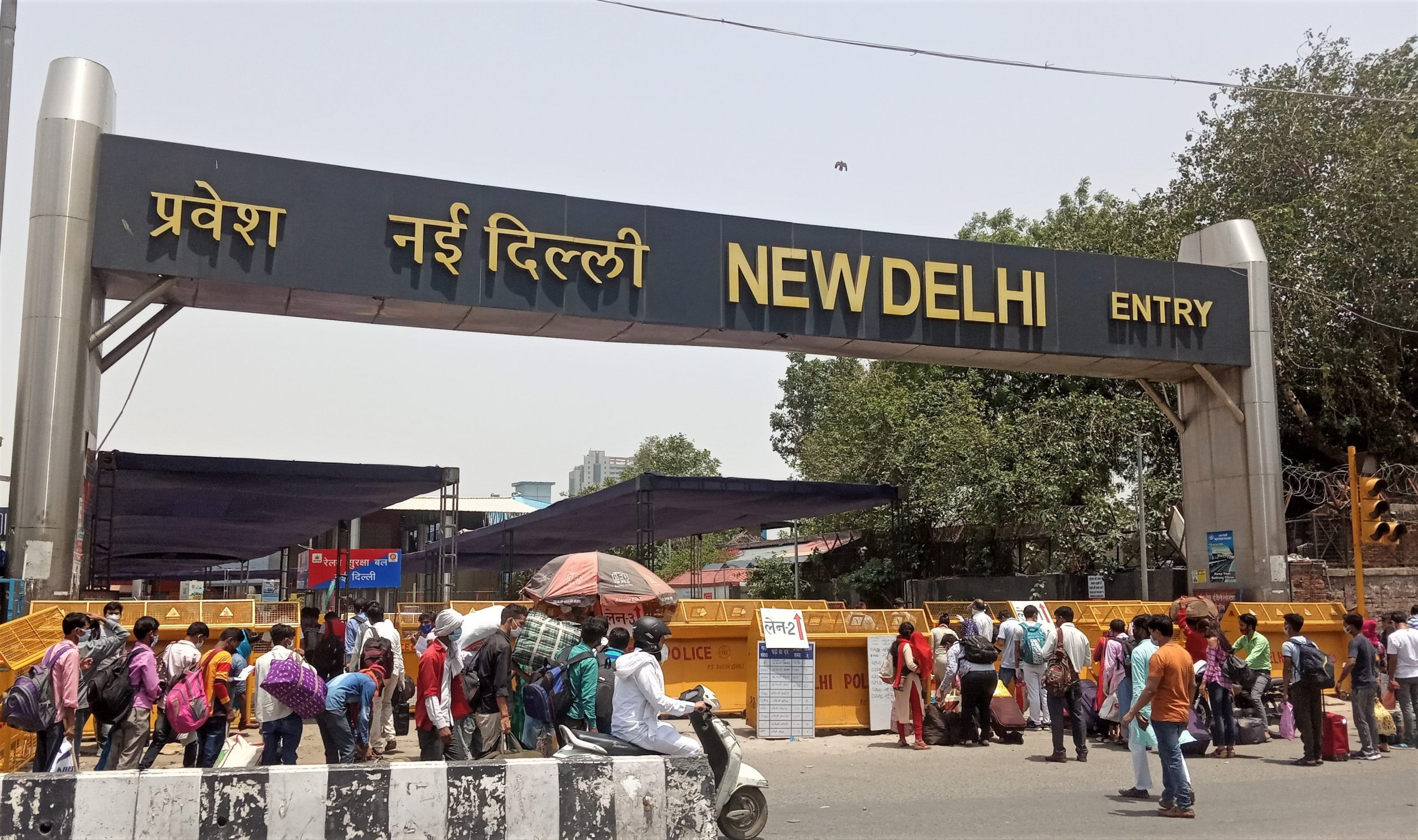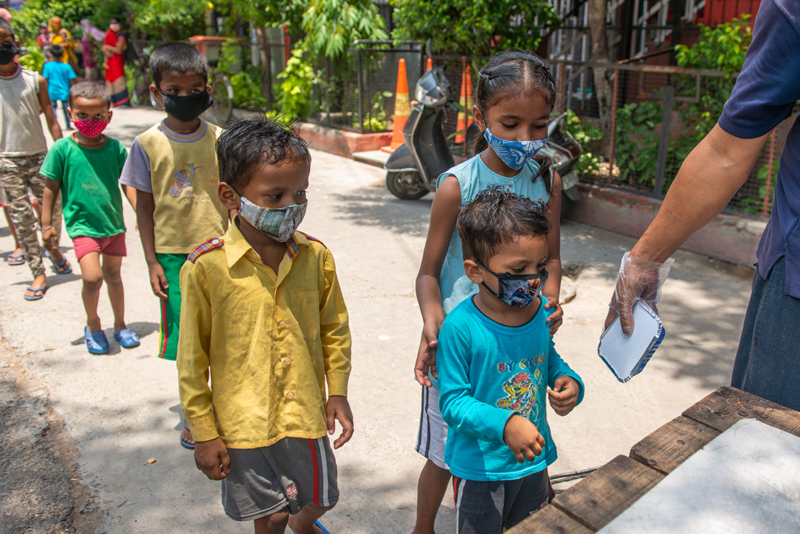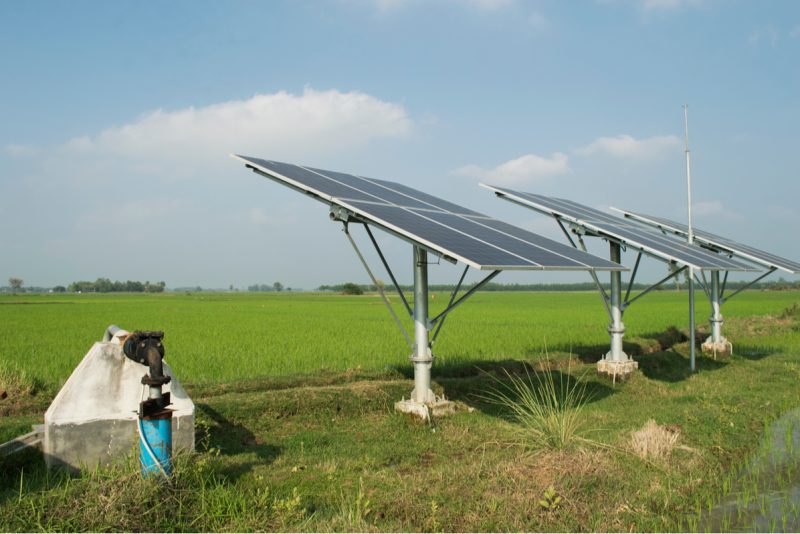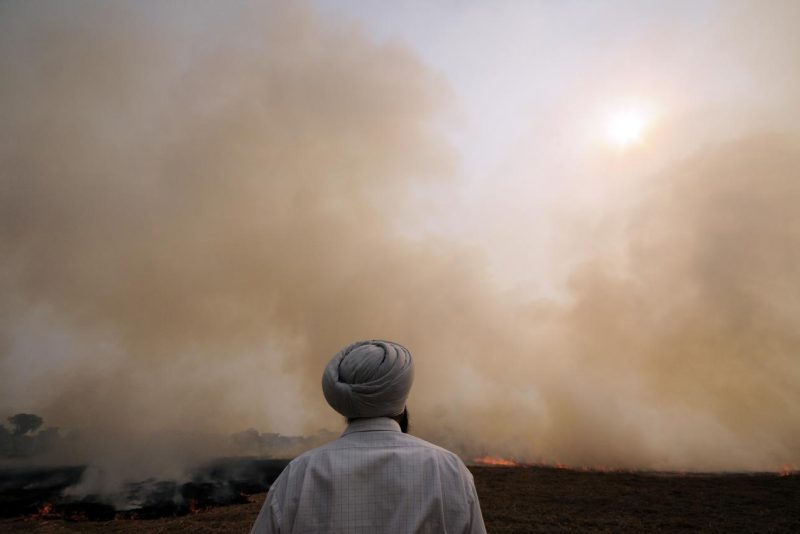How Will Reverse Migration Affect Agriculture and What Can the Government Do?

In this blog post, TCI associate director Bhaskar Mittra explores how the return home of millions of migrant workers during India’s COVID-19 lockdown will impact rural agriculture and how the Indian government can mitigate its negative consequences.
With the onset of the COVID-19 crisis and the subsequent nationwide lockdown in March, many migrants and informal workers living in cities have returned with their families to their homes in towns and villages across India. This sudden mass exodus will have a profound impact on the Indian economy, especially in the impoverished, rural areas to which most migrants returned with their lives thrown upside-down.
The number of people who embarked on this reverse migration journey must have been in the millions, though the final numbers remain unclear. There are approximately 450 million migrant workers in India, and an equal number of people employed in informal sectors (though there is undoubtedly overlap between the two groups). Several state governments are now counting their returned migrants and mapping their skills. With many migrants unwilling to return to the cities, and some unwilling to do so with their families, there will likely be a decrease in urban numbers and an increase in the rural population. The coronavirus has led to a sudden reversal of urbanization trends across the country.
Rural Areas Face Reverse Migration Fallout
This short-term shift in demographic numbers is likely to lead to several possible consequences in rural areas. Every household in rural areas will likely have a few extra members at home who will have to be fed and taken care of. The remittance economy is likely to remain depressed for some time, as job loss has been extensive and, in all likelihood, the persons responsible for the remittance money may not return to work soon. Lower incomes and more mouths to feed could cause stress within households in the high-poverty regions of the country that have also traditionally served as a source for migration. The states of Bihar, Uttar Pradesh, Jharkhand Odisha, West Bengal, Madhya Pradesh, Chhattisgarh, and the Konkan and Marathawada regions of Maharashtra could see a rise in the number of marginal households facing a food-related crisis.
The remittance economy is likely to remain depressed for some time, as job loss has been extensive and, in all likelihood, the persons responsible for the remittance money may not return to work soon. Lower incomes and more mouths to feed could cause stress within households in the high-poverty regions of the country that have also traditionally served as a source for migration.
A significant number of the migrants who returned home are expected to enter local labor markets. This will likely depress wage rates in the upcoming kharif season and beyond. A large unoccupied workforce entering local labor markets could also take work away from the more marginalized and impoverished segments of the population. For example, the women who traditionally do paddy transplantation in eastern India could be replaced by more able-bodied men at the same or lower wages. This could severely impact woman-headed households and other vulnerable segments of the local population. However, this could also expand kharif crop areas in these regions.
In states like Punjab and Haryana, on the other hand, a fall in the agricultural labor workforce could make farming an expensive proposition. Landowners in these regions are likely to shift toward further mechanization or take up alternate farming practices that require less labor, like direct-seeded rice.
Government Responds to Provide Opportunities for Migrants
The government has identified 116 districts in six states (Bihar, Uttar Pradesh, Madhya Pradesh, Rajasthan, Jharkhand, and Odisha) with more than 25,000 returning migrants per district for a new program called Garib Kalyan Rozgar Abhiyan (GKRA). Through this program, the government is working in “campaign mode” to reach out to migrants to offer 25 different types of work for the forthcoming 125 days. An allocation of Rs 50,000 crores has been made available for the GKRA by bringing together 25 schemes managed by 12 ministries. On paper, it sounds very similar to the Mahatma Gandhi National Employment Guarantee (MGNREG) program, where an additional allocation of Rs 40,000 crores was made to provide work for the migrants. However, the new Abhiyaan specifically targets six high poverty states.
It is likely that a significant portion of the money allocated for MGNREGA and GKRA will go toward the management or creation of soil- and water-related assets, like farm bunds and check dams, that would benefit agriculture. However, the government will still have to worry about the skilled labor force and design programs for utilizing their skills appropriately. A skilled worker who was earning Rs 600-800 per day may not want to work for the Rs 202 per day offered for unskilled work under the MGNREGA program.
The kind of reverse migration that we have seen in the last few weeks is not just migration in its simplest sense. It is no less than the displacement of a large segment of a very vulnerable population—people who may have just lost not only their livelihoods but also the dreams that brought them to the cities in the first place.
Under such circumstances, the government can fast-track investment in farm storage infrastructure so that benefits can start accruing from the coming Kharif season. An allocation of Rs 100,000 crore has been made in the Rural Infrastructure Development Fund, and it should be put to good use. The government has also planned an investment of Rs 10,000 crores for the formalization of 200,000 Micro Food Enterprises (MFEs) for technical improvements related to value addition and processing. This will further the government’s one district, one crop production strategy and help such MFEs attain food safety standards as per Food Safety and Standards Authority of India (FSSAI) norms.
Government can also target untapped segments of the animal husbandry sector to boost rural incomes. So far, extra-budgetary allocations have been made for the dairy and export-oriented marine fishery sectors. There is a need to address the small ruminant, poultry, and inland fishery sectors too, all of which hold immense potential. Cooperatives and farmer-producer companies working in these sunrise sectors can bring not just higher incomes to farmer households, but also valuable foreign exchange by tapping the export market. Additional, out-of-turn budgetary allocations for animal husbandry could help this sector make a turnaround.
Rebuilding Shattered Dreams
The kind of reverse migration that we have seen in the last few weeks is not just migration in its simplest sense. It is no less than the displacement of a large segment of a very vulnerable population—people who may have just lost not only their livelihoods but also the dreams that brought them to the cities in the first place. Trust broken and dreams shattered would surely not be accounted for by any statistics.
The number of migrants who have returned home is too large to be accommodated in the rural sector unless additional investments are made in rural India by the government and private sectors. The Government of India must act quickly so that shattered dreams can be rebuilt while helping to revive the agricultural sector.




